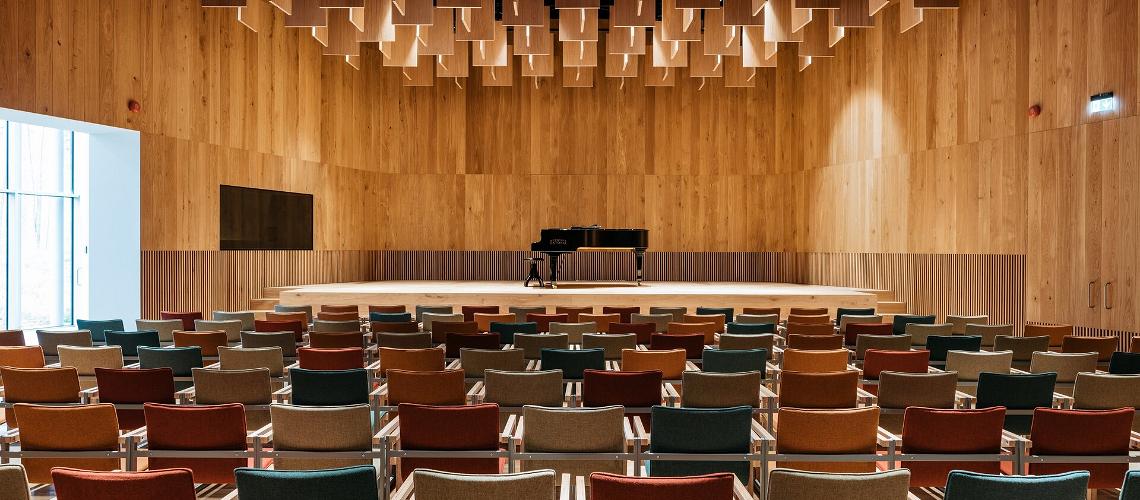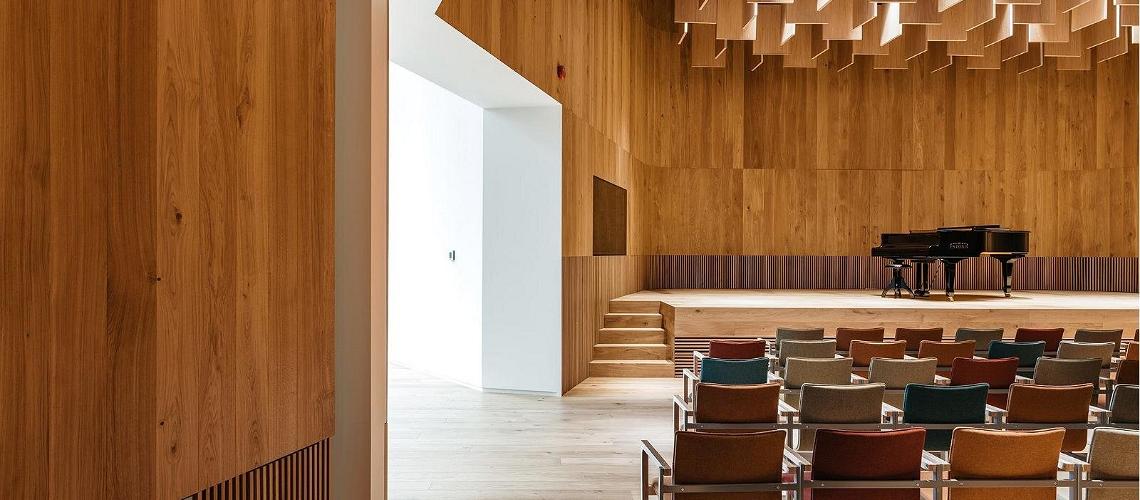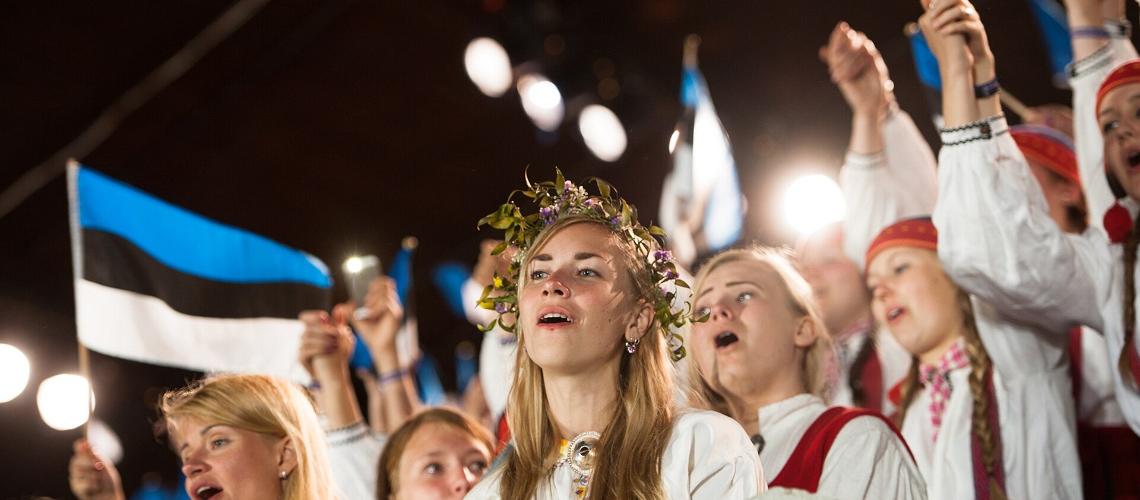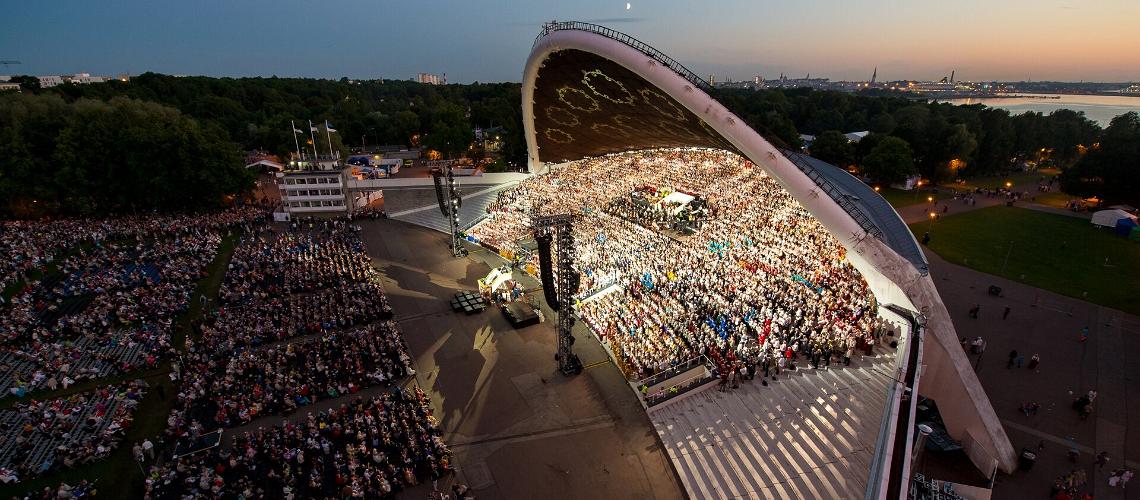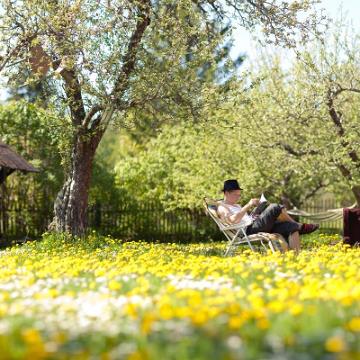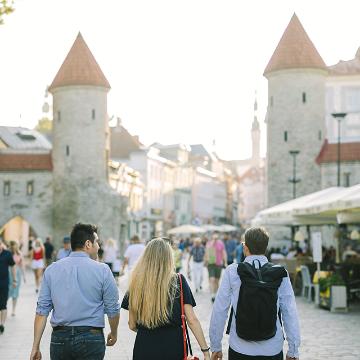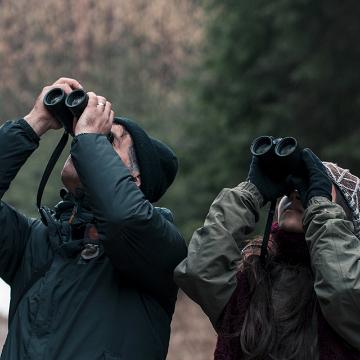27.03.2023
Estonia last won Eurovision in 2001 but has high hopes for this year’s contest in Liverpool. Estonia’s story of independence is closely intertwined with singing, music, and collective song, making Eurovision 2023 especially poignant for the Baltic state. The Singing Revolution, which began in 1997, was a pivotal event leading up to Estonia's second independence in 1991.
Alika Milova, age 20, was chosen through televoting to represent her country in Liverpool with “Bridges”, which can be heard here.
THE SINGING REVOLUTION
When contemplating a revolution, singing is not typically the first thing that comes to mind. However, for Estonians wanting to liberate themselves from the Soviet occupation, song became their primary tool of resistance.
The first independence was achieved in 1918, when a manifesto declaring Estonia to be a sovereign state was read from the balcony of the Endla Theater in Pärnu. The nearby crowd sang out Mu isamaa, mu õnn ja rõõm (My fatherland, my happiness, and joy) in unison, which would later become Estonia’s national anthem. However, Estonia was soon placed under Soviet rule, then occupied by Nazi Germany, and then under Soviet rule again until 1991. During this period, national pride and a desire for independence grew, and in the summer of 1987, The Singing Revolution began. This lasted over four years, with various protests and acts of defiance until independence on 20 August 20 1991. On 23 August 1989, approximately two million people joined hands to form a 690-km human chain across the Baltic states of Estonia, Latvia and Lithuania, and sang national songs in a peaceful demonstration that showed their collective desire for independence.
Learn more here: https://www.visitestonia.com/en/why-estonia/estonia-celebrates-regained-independence
THE SONG FESTIVAL 2023
Estonia’s Song Festival, first held in 1869, takes place every five years and encompasses the values that Estonians consider important as a nation – love for their country, language, culture, and customs. The festival is of such national significance it is listed by UNESCO as an intangible heritage tradition. It is a chance for Estonians to proudly take part in collective appreciation of their country.
The 150th jubilee celebration in 2019 saw almost 70,000 Estonians gather at the Song Festival Grounds in Tallinn to listen to 35,000 singers from 1,020 choirs across the country. It is considered a great honour to be performing in one of the choirs, with participation beginning from a young age. The 13th Youth Song Celebration will take place on 2 July 2023 at Tallinn’s Song Festival Grounds. Performers will include young children’s choirs, children’s choirs, boys’ choirs, mixed choirs, girls’ choirs, male youth choirs, wind orchestras and symphony orchestras and ends with performances by the combined choir. The concert is preceded by the ceremonial procession of the participants through the centre of Tallinn along a 5km route.
Learn more here: https://www.visitestonia.com/en/why-estonia/welcome-to-the-estonian-song-and-dance-celebration
ARVO PÄRT – ESTONIA’S LEGENDARY COMPOSER
Arvo Pärt is an internationally accomplished musician. The Estonian held the title of most performed living composer for eight years in a row during the 2010’s. His own compositional style, “titinnabula”, debuted in the 1970’s in Für Alina and is typically full of simple and intense sounds, often bells. Since then, it has only grown in popularity across the globe.
The Arvo Pärt Centre, opened to the public in 2018, is just 35km outside of Estonia’s capital Tallinn. The aim of the Arvo Pärt Centre is to study and preserve the composer’s heritage in his homeland, Estonia, in an Estonian language environment. It houses an exhibition area, a library, classrooms, a personal archive, a 140-seat auditorium, a video room, and a cafe.
Learn more here: https://www.visitestonia.com/en/why-estonia/arvo-part









